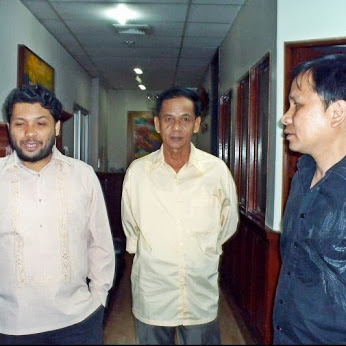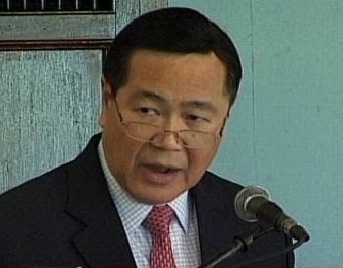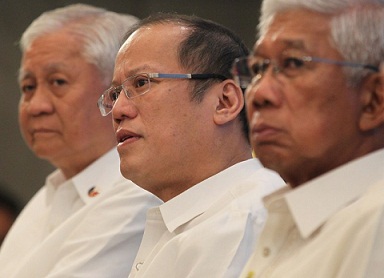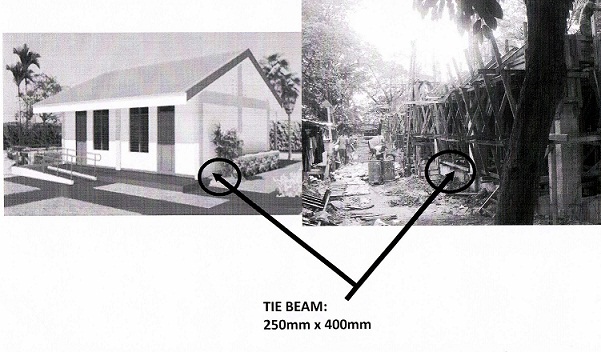
The Philippines is losing the battle that he led the country to wage against China.
Yesterday Del Rosario said that the Philippines will ask the United Nations Arbitral Court to hasten the resolution of the 2013 suit it filed questioning the legality of China’s nine-dash line map in the light of the latter’s expansion activities on islands they are occupying in the disputed areas of the Spratlys in the South China Sea.
Solicitor General Francis Jardeleza had said that they expect the International Tribunal on the Law of the Sea to rule on both jurisdiction and merit of the Philippine claim “between 2015 to 2016.” China has refused to participate in the Philippine case.







